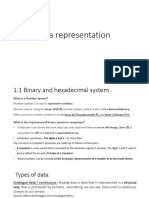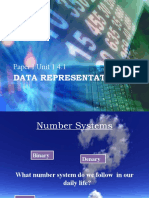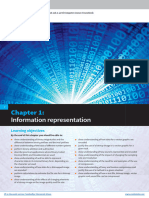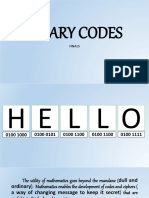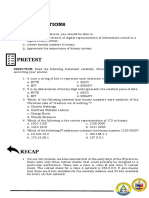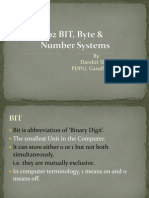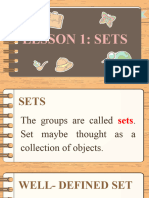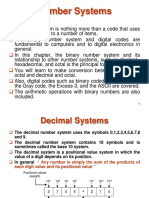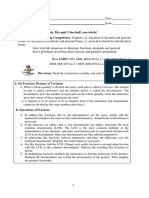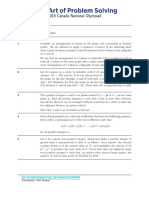0% found this document useful (0 votes)
193 views25 pagesAS Level Computer Science - Number Systems
This document discusses different number systems and methods for representing information digitally. It covers denary, binary, and hexadecimal number systems including conversions between them. It also defines common terms like bit, byte and nibble. Additionally, it discusses encoding schemes for text like ASCII and Unicode as well as compression techniques.
Uploaded by
Aryan MaheshwariCopyright
© © All Rights Reserved
We take content rights seriously. If you suspect this is your content, claim it here.
Available Formats
Download as PDF, TXT or read online on Scribd
0% found this document useful (0 votes)
193 views25 pagesAS Level Computer Science - Number Systems
This document discusses different number systems and methods for representing information digitally. It covers denary, binary, and hexadecimal number systems including conversions between them. It also defines common terms like bit, byte and nibble. Additionally, it discusses encoding schemes for text like ASCII and Unicode as well as compression techniques.
Uploaded by
Aryan MaheshwariCopyright
© © All Rights Reserved
We take content rights seriously. If you suspect this is your content, claim it here.
Available Formats
Download as PDF, TXT or read online on Scribd
/ 25









